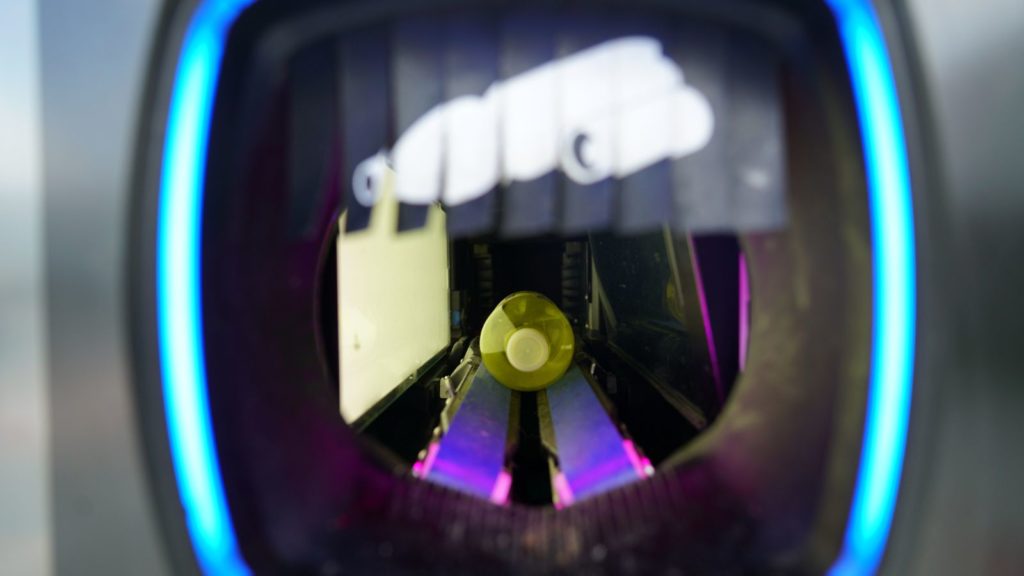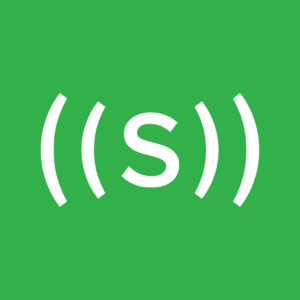In an interview with Sensoneo Director of DRS and take-back division, Peter Knaz, we asked him the big questions about how his team handled the challenges associated with the national DRS program, as well as his own involvement and contributions as a head of the division.
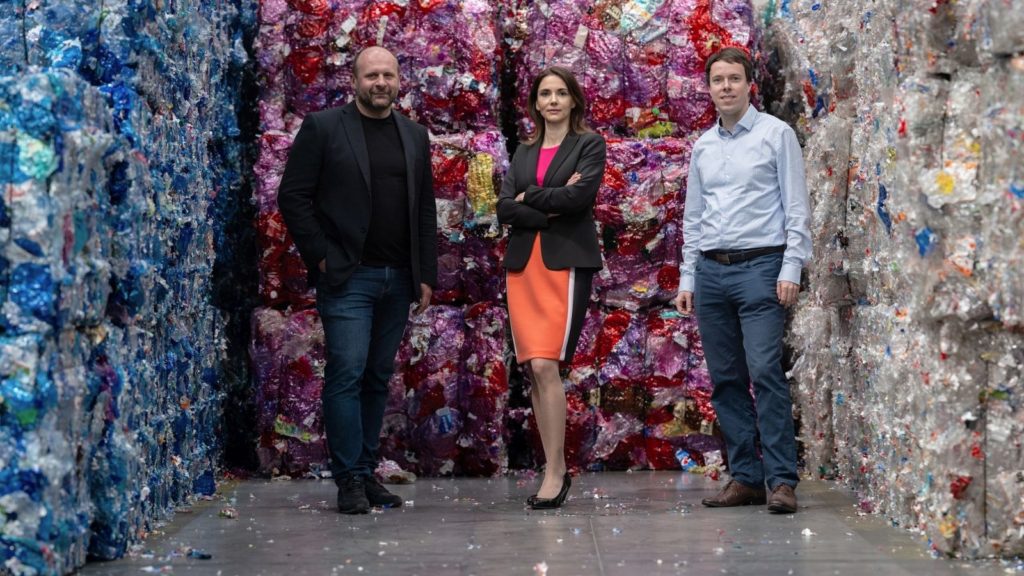
First and foremost, how would you describe your position at Sensoneo, and how did it come along?
As a director of the DRS (deposit return system) and take-back division, my main responsibility is to take the information given by the client and transform it into a solution they can implement. Not only do I need to effectively communicate with the client, but also with my team and other teams. My job is to listen, understand and create the best possible solution and deliver it to the customer. It is, in essence, what I have been doing for a long time, even in my old career in Taiwan as a vice-president of sales. It felt natural to continue pursuing self-improvement and career growth within this domain.
You mentioned take-back – if an industry outsider asks you what that term means, how would you describe it? What does your client base look like?
It can be anything where the client wants to have some system of return. The return process itself can range from the end-consumer returning a used product such as bottles, tire collection facility getting the tires back to the producer for recycling, or large production plants working with toxic waste. Our clients either seek to innovate within the company by introducing some form of a take-back system, or others already have such a system, but not in its most efficient form. These clients seek us out to simplify this process, save resources and scale it up to focus on their business development.
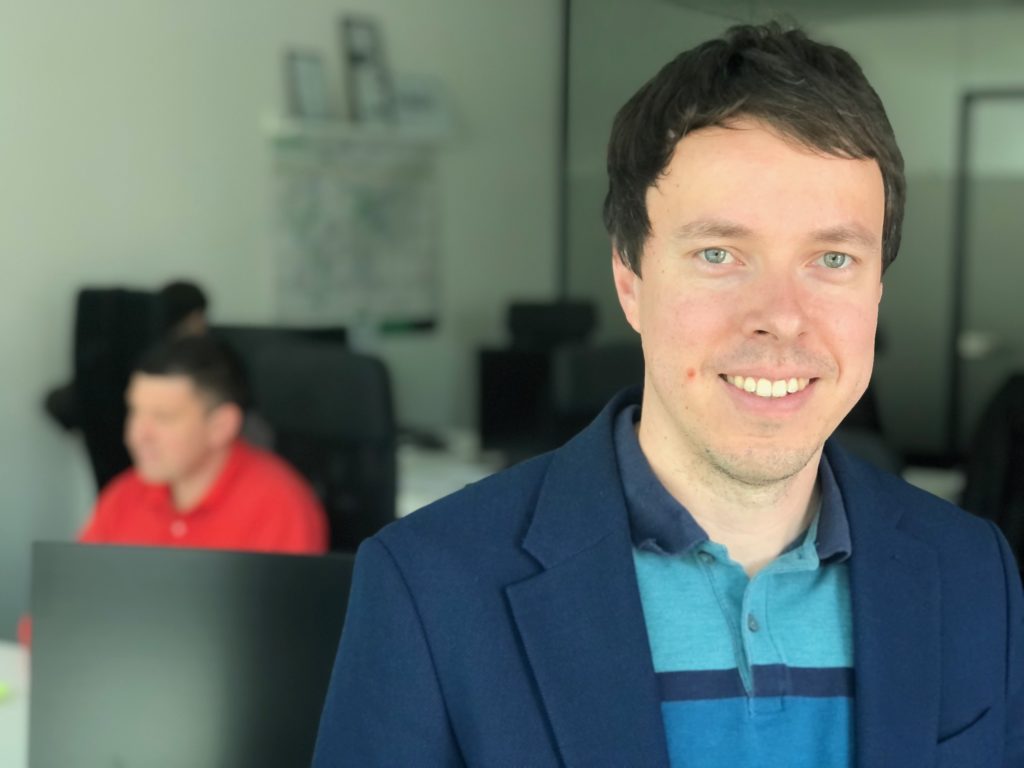
Other than industry, are the clients different in any way?
They surely are. Many geographic variables are largely at play here, where larger factories or municipalities in advanced countries require a vastly different approach than equally as important, but smaller customers in rural areas. However, I see this diversity as not only a challenge but also a learning opportunity. Every specific implementation brings us, aside from novel challenges, new perspectives to tackle future projects.
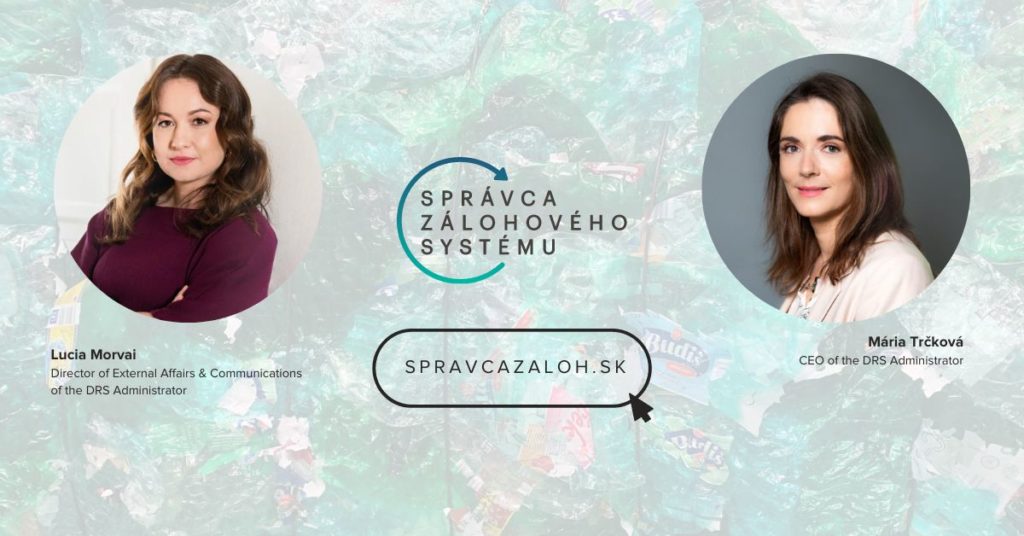
The national deposit return system (DRS) was one of Sensoneo most significant projects – what did it entail for you and your team?
With Sensoneo being the provider of IT solution for the whole DRS project, it actually initiated the creation of the take-back division, thanks to its significance but also scale. Before that, take-back projects were carried out by the closest related division to the particular client. Considering that there are 6 different reverse vending machines (RVM) providers with many types of machines, plus countless other system participants, it was quite the undertaking to successfully integrate all of them and provide long-term maintenance as well as future scalability.
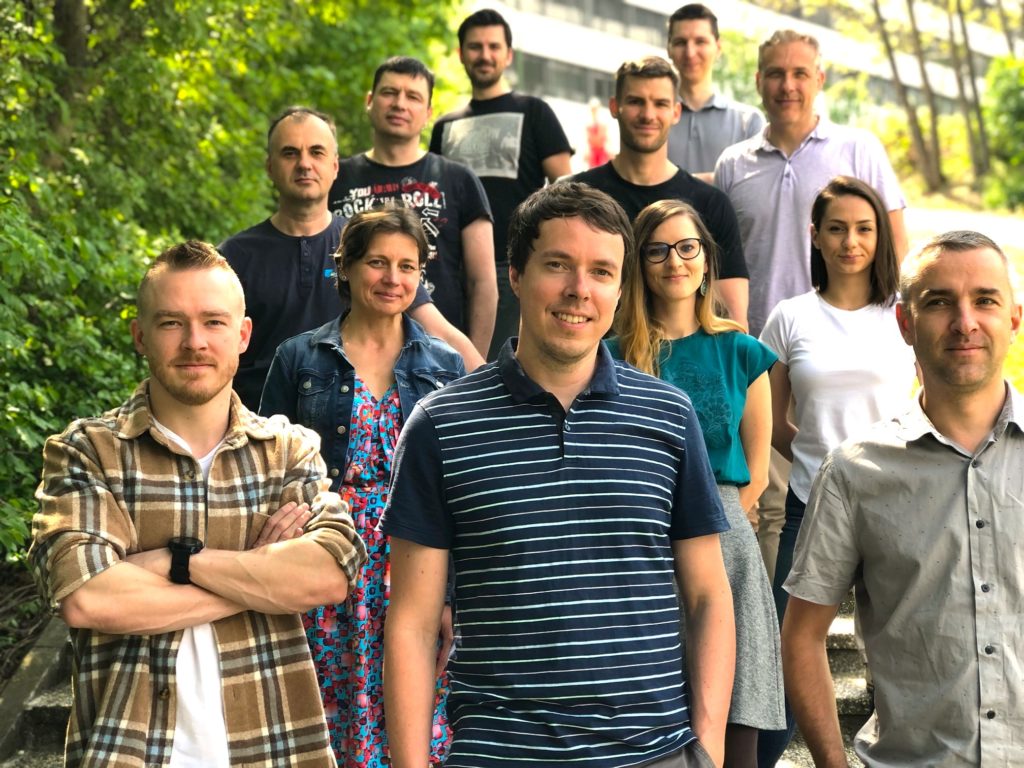
Speaking of DRS, what proved to be the biggest challenge in the whole project?
It was definitely the time constraint. To combat any eventual faults, we have divided the project implementation into two separate modules which were continually implemented, so we could react to all problems promptly and individually. It was certainly difficult to tune such a complex and robust system in real time to cater to the needs of all consumers, ranging through all demographics.
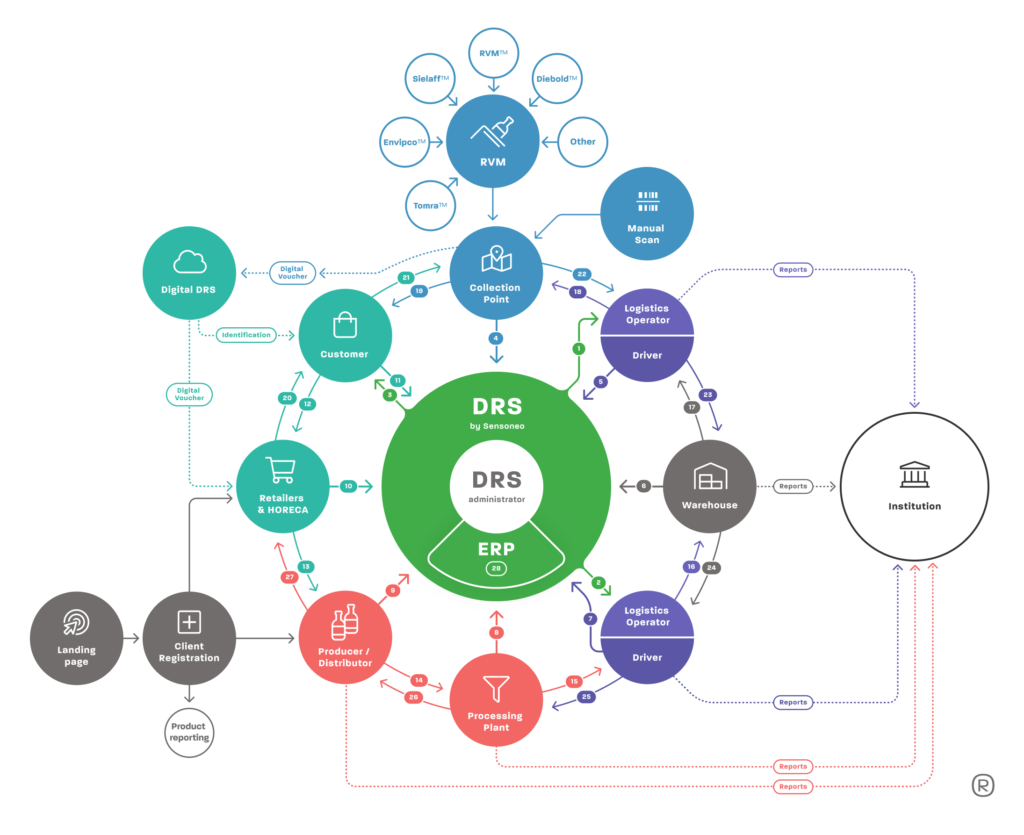
You mentioned there are more types of machines – do they have different use cases or is it just a matter of manufacturer?
Oftentimes, yes, they do the same job, albeit some are standard size and some are smaller, akin to a fridge. There is an exception, however – in rural areas, where it’s not worth using a full-size RVM, even smaller machines with a manual scanner are in use. These hand scanning machines are especially important for small business owners, as they don’t lose out on customers which would otherwise go to a larger chain store with RVMs. They can even support the small business, as the people in their vicinity can quickly return bottles without storing them for the next larger grocery run – opening the opportunity to spend money in that smaller store.
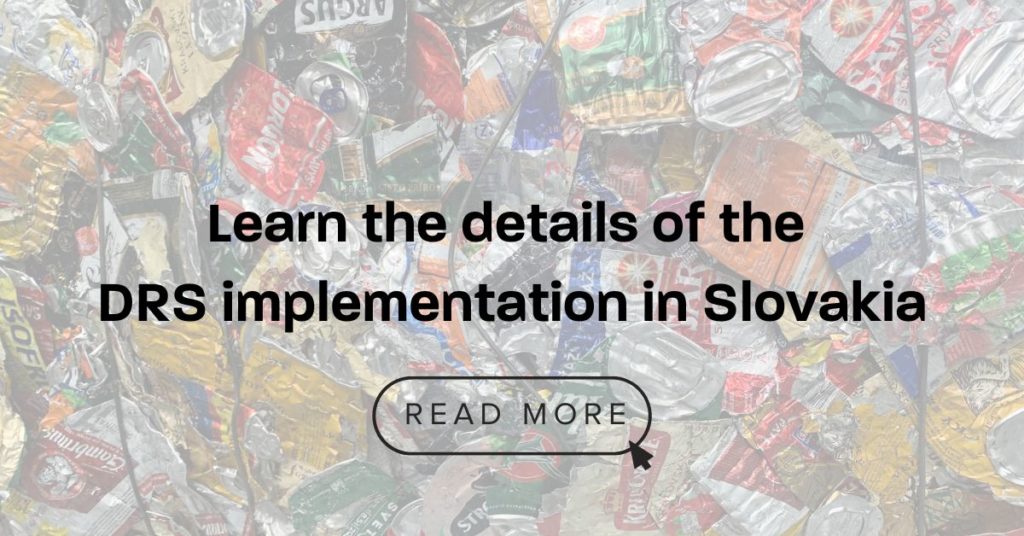
Considering the challenges, what was the key to launching the nationwide DRS on schedule?
General preparedness and detailed planning, and that goes for all the stakeholders, not just us. The DRS central operator did a great job in coordinating their plans and being able to quickly adapt to changes. Apart from that, there were lots of man-hours put into it in general. Vacations were postponed and man-hours were increased, and although we launched on time, it definitely was not easy on the team. I can say for all of us that it was a great satisfaction to see the system launched. That was the moment when all the sacrifices paid off.
